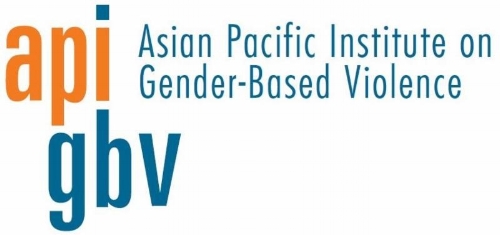Asian Pacific Institute on Gender-Based Violence released a report on the Intersections of Human Trafficking, Domestic Violence, and Sexual Assault.
The report integrates analysis, insight, and expertise from advocates and survivors that can serve as a primer for program design for adult, young adult, and youth victims of trafficking; forge collaborations; expand the field’s knowledge of trauma connected to early victimization; and inform safety, healing, empowerment, and justice.
Trafficking is defined as the recruitment, harboring, provision, receipt, transportation and/or obtaining of individuals by using force or threats, coercion, fraud and/or using systems of indebtedness or debt bondage for purposes of economic exploitation that can include forced labor for domestic, industrial, agricultural or sex work; prostitution, pornography and sex tourism; removal and sale of organs; servitude, including servile marriages; and slavery.
Trafficking is fueled by demands for cheap, exploitable labor which have increased with globalization – which permits the free flow of capital but not labor. Some countries view trafficking as the only form of migration available to labor because all other sources are restricted or closed. They advocate safe migration as the way to halt trafficking. Complex ‘push-pull’ factors influence those who are trafficked including economic factors such as paying off family debts, escaping poverty, remitting earnings or escaping gender violence in the hopes of greater safety.
Sex trafficking predominantly victimizes women, and significant numbers of male and female children. It relies on the exploitation of female poverty (including the poverty of mothers who ‘sell’ their children) and the impunity of male demands for commodified sex. Political positions about sex trafficking are cause for heated controversy because they are connected to positions that argue for abolishing, decriminalizing or legalizing prostitution. We recommend that advocates become informed about these positions when working with anti-trafficking programs.
According to the U.S. Department of State, 600,000 to 800,000 people are trafficked globally each year.1 Of the 45,000 to 50,000 that are brought to the U.S., 30,000 come from Asia, 10,000 from Latin America and 5,000 from other regions, such as the former Soviet Union. The primary Asian source countries to the U.S. are China, Thailand, and Vietnam. 2 Each year, two million children are forced into prostitution, half of whom live in and are trafficked within Asia. 3For example, 15,000 children are trafficked in Cambodia4 and 200,000 Nepali girls, many under the age of 14, are prostituted in India. 5 The Thai government reports that 60,000 Thai children have been sold into prostitution, but non-governmental organization (NGO) experts estimate that the number is closer to 800,000 children. 6 Although trafficking into the U.S. and Europe has gained a lot of attention in recent years, anti-trafficking advocates in Asia have been addressing this problem on the continent for decades.
Read the report here

